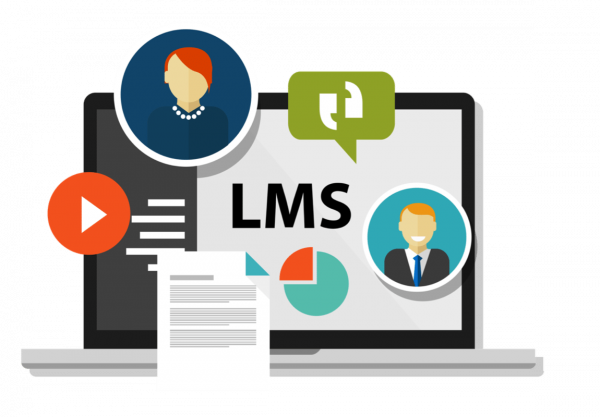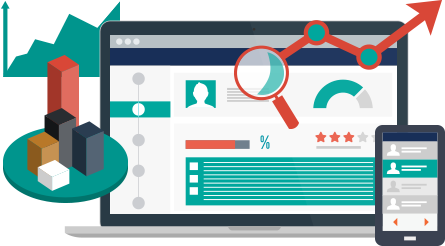
Talent Management Solutions
A more proactive and personal approach to talent management

Blended Learning uses Paradiso LMS to teach and support.

Empowered is a unified learning destination available on the go.
LMS
Learning, because you use it to deliver education courses or training programs.
Management, because it helps you organize these courses (create them, change them, assign them to students, grade them, etc).
System, last but not least, is just a fancy word that translates to “software”. An LMS is a computer program.
Just like Word helps you write documents and Gmail helps you manage your emails, an LMS is a software program that helps you create, manage and deliver eLearning courses.
An LMS is the “engine” that powers eLearning, and in the most common form it consists of two separate parts:
– A server component that performs the core functionality (creating, managing and delivering courses, authenticating users, serving data and notifications, etc.)
– A user interface that runs inside your browser as a web (like Gmail or Facebook), that is used by administrators, instructors and students


Who uses an LMS?
Anybody who’s doing eLearning is using an LMS ― and that includes a whole lot more than just educational institutions.
To give a non-exhaustive list:
– Businesses of all sizes, from large multinational enterprises to small and medium businesses.
– Organizations, from the United Nations to your local co-op, including Non-Government Organizations and non-profits.
– Government agencies and local governments.
– Traditional educational institutions (schools, universities, colleges).
– Online and eLearning based educational institutions.
What are they using an LMS for?
An LMS can be used for all kinds of learning activities (that’s why they put the “L” in the acronym after all). But it’s also an invaluable business tool, one that has been embraced by enterprises and organizations big and small.
Here are some of the most common use cases for an LMS platform:
- Employee training
- Employee orientation
- Knowledge retention
- Education
Last, but not least, an LMS is a good fit for general educational offerings (duh!).
It could be a school selling online lessons, a traditional educational institution supplementing its classroom-based courses, a business educating its clients, or even a government agency or NGO helping educate the general population.
In all these forms, and many more, eLearning is here to stay, to the degree that it might be the very future of learning.
So, what does an LMS do exactly?
An LMS handles the management and delivery of eLearning courses.
